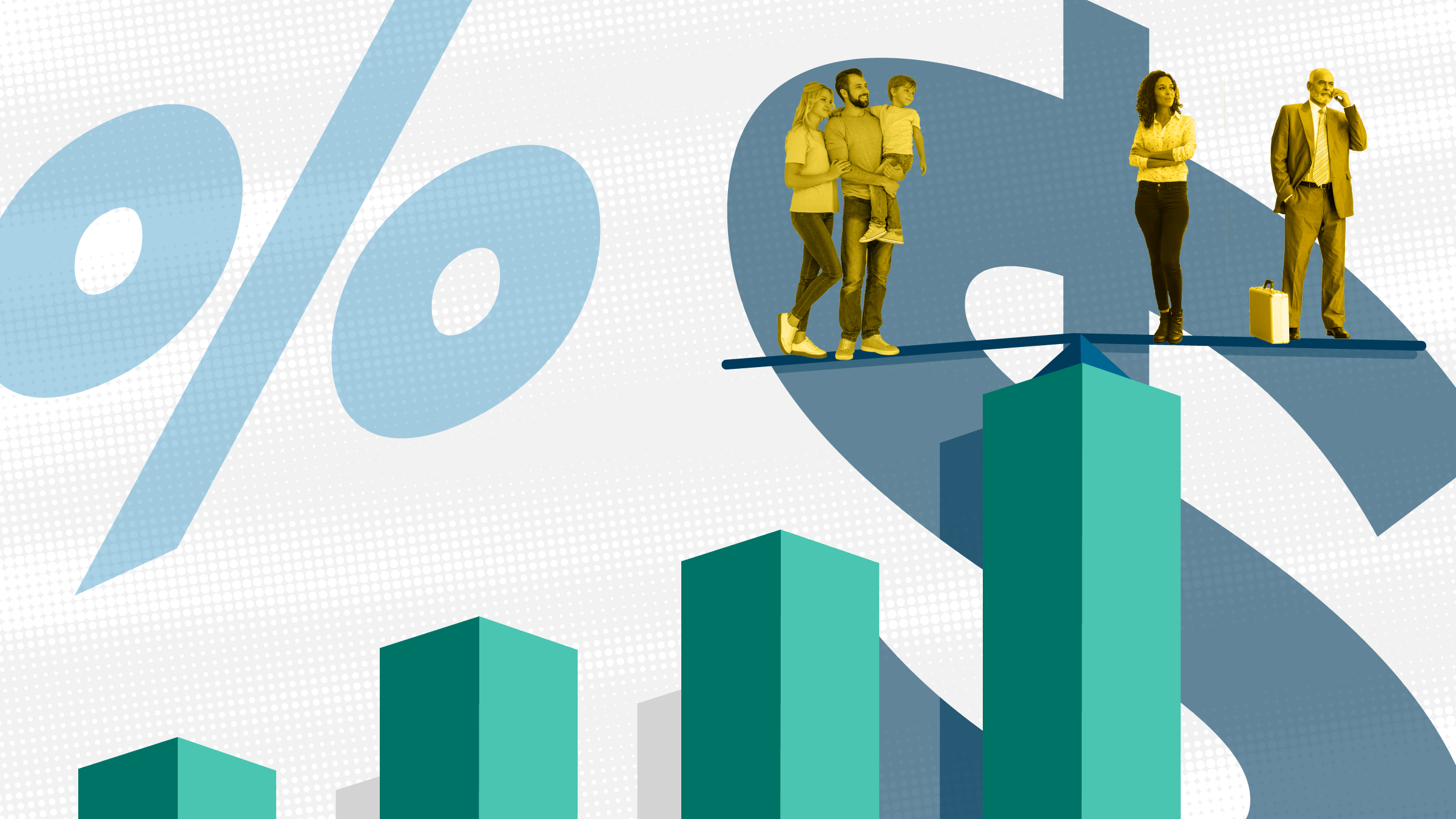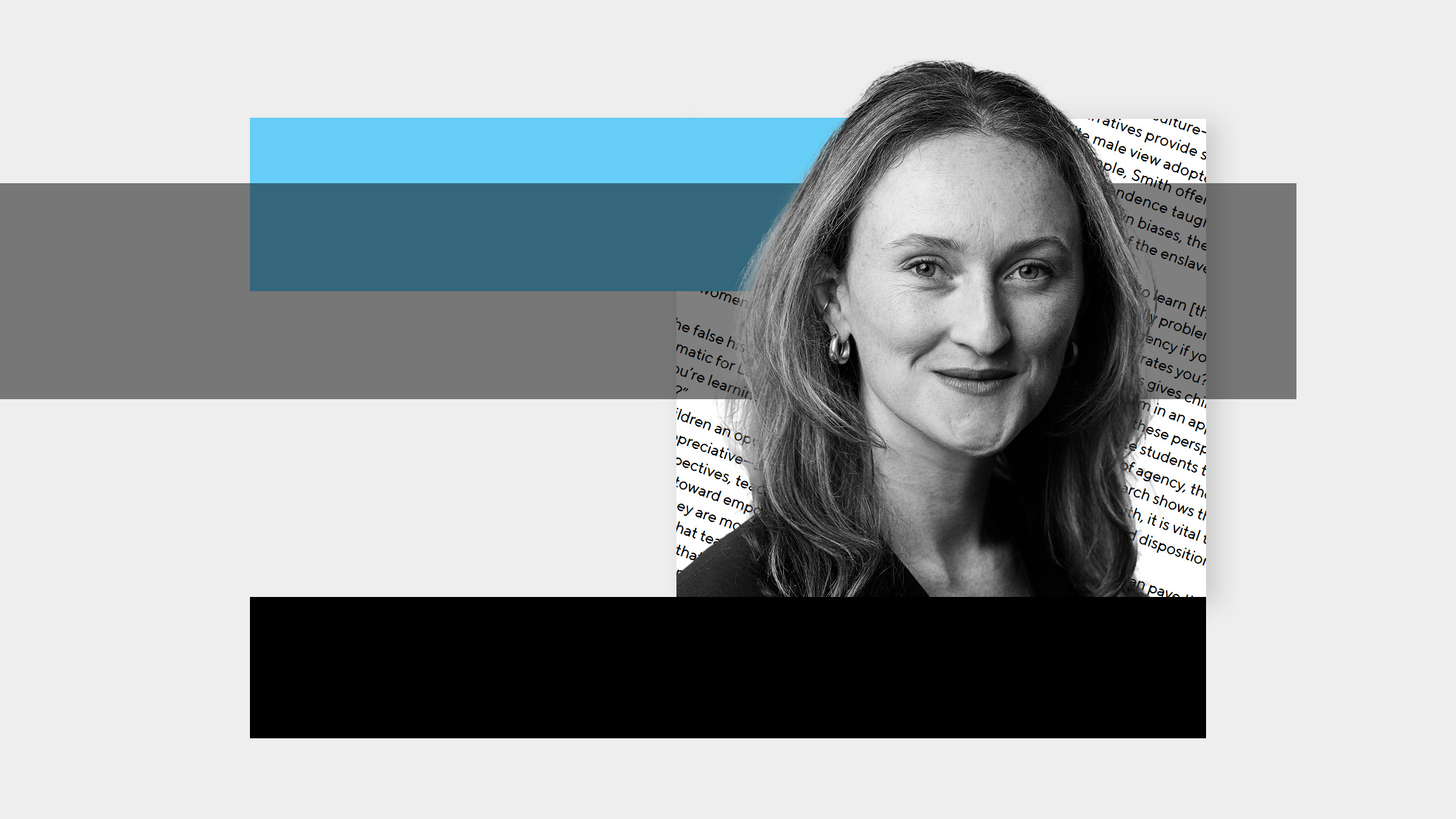Income inequality has soared in the United States since the 1980s. But what drives the trend, and what should be done to mitigate it, are far more contentious questions.
An important aspect of the debate is the progressivity of the U.S. tax-and-transfer system. Are higher-income households taxed at sufficiently higher rates than lower-income households? Many respected economists have documented downward trends in various measures of progressivity and called for reforms to diminish the growing gap between rich and poor.
A new analysis from the Minneapolis Fed suggests that these conclusions are wrong—that the level of progressivity has, in fact, been “rather stable” for nearly 40 years, and that this has generated a good balance between addressing the needs of the less fortunate and stimulating economic growth.
“We challenge … the traditional narrative on inequality and redistribution,” write Minneapolis Fed economist Jonathan Heathcote, Kjetil Storesletten of the University of Oslo, and Giovanni Violante of Princeton University in their recent Minneapolis Fed staff report. “The tax and transfer system has not in fact become less progressive over time … [but is] rather stable on net” (emphasis in original).
And after analyzing the causes of rising income inequality, the economists further conclude that, in fact, a steady level of tax progressivity delivered the appropriate trade-off between redistribution and economic growth for the population as a whole.
Their measure of income redistribution incorporates the full scope of the U.S. tax-and-transfer system and the entire range of income levels, and uses taxes paid rather than statutory rates. It’s a rigorous, comprehensive examination.
Then, by modeling the impact of taxes and transfers on household well-being and on labor productivity, they show how making the system more or less progressive would likely have diminished overall economic well-being, either by not adequately aiding the unfortunate or not encouraging full labor effort to grow the economy.
Stability over decades
A crucial aspect of their examination is incorporating transfers, not just taxes. Governments raise tax revenue to pay for public goods such as interstate highways and national defense, but also to provide a safety net for those in need. Transferring income from high to low earners smooths the road for those suffering short-term bad luck (job loss, for example, or injury) or innate differences such as lower learning ability or chronic ill health.
Also, in contrast to other recent studies of progressivity that have found declines, the economists include every level of income, not just the top tier. And they look at actual taxes paid, as opposed to statutory rates that some researchers have analyzed.
The economists use data from the Congressional Budget Office from 1979 to 2016, including social insurance benefits such as Social Security, unemployment insurance, and workers’ comp, as well as means-tested transfers such as the Supplemental Nutrition Assistance Program, (formerly food stamps), Temporary Assistance for Needy Families, and Supplemental Security Income.
Transfers-in-kind such as Medicare and Medicaid are excluded as not part of “a standard notion of disposable income.” CBO also reports IRS data from federal tax returns, and the economists include individual income taxes, payroll taxes, and corporate taxes. The study excludes state and local taxes.
With these data, they derive average progressivity estimates for five-year periods that bracket 1979 and 2016 and, remarkably, the value for both is exactly the same. In other words, the authors conclude, “Overall progressivity in the United States has not changed over these 35 years.” (See figure.)
[The progressivity rate is the degree to which pregovernment income is reduced by the tax-and-transfer system.]
Alternative measures reveal that the system is more progressive for families with children, that it’s most progressive for those at the very bottom of the distribution, and yet it remains slightly progressive even within the top 5 percent level. Most significantly, they show that while taxes themselves generate somewhat more than half of total progressivity, “much of [it] … operates through transfers rather than taxes.” In other words, taxes aren’t entirely responsible for the system’s progressivity. Transfer programs contribute significantly; if transfers are excluded from the model, progressivity is substantially lower.
Differences in progressivity
They point out that major tax reforms did little to change progressivity. The Tax Reform Act of 1986, for example, changed deductions and other exemptions at the same time that it drastically cut statutory marginal rates. It’s overall impact on progressivity was minimal. Business cycles, by contrast, did have an impact, with progressivity climbing during recessions and falling in expansions, yet remaining steady overall.
In a separate paper, with a fourth colleague, the economists analyze progressivity in U.S. states and find wide variation. And, internationally, the United States falls near the bottom of the pack, with lower progressivity than other industrialized nations, particularly those in Scandinavia.
The right level?
So, how should taxes have responded to growing U.S. income inequality? At the heart of debates over income redistribution is the notion of an equity-efficiency balance, the idea of an inevitable trade-off between helping the poor and unfortunate, on the one hand, and fostering growth that benefits everyone, on the other. If the goal is to maximize economic well-being for all citizens, striking the right level is difficult but crucial.
The economists develop a model with “heterogenous agents,” meaning that the individuals vary—they have different skills, learning abilities, consumption and labor preferences, physical and mental health profiles, life histories, and a host of other differences. And the model is designed to analyze the impact of taxes and transfers on not just consumption levels and economic output, but also work effort and investment in skill-building.
To understand changes in inequality, the model embraces the fact that, as the researchers put it, people “are born unequal and face additional shocks over the life cycle.” Increased income risk—through layoffs during recessions, for example—calls for greater progressivity in the tax-and-transfer system if it can’t be smoothed from personal savings or other private sources. The same is true for unequal initial conditions, the accidents of birth that provide gifts to some and penalties to others.
But the model also acknowledges the costs of progressivity. Higher taxes discourage people from putting in full work effort. Progressivity distorts their investment in skill development—why incur massive student loan debt if the higher salary earned is taxed away? And it shrinks resources available for public goods.
By mathematically modeling these costs and benefits, the economists gain insight into the optimal balance, and the level of tax-and-transfer progressivity that achieves it.
Sources of growing inequality
Estimating the right level of progressivity, however, requires understanding the mechanisms that have generated rising income inequality for nearly four decades.
Has inequality increased because of unequal initial circumstances and greater labor market risk that can’t be smoothed privately? If so, “the recommendation is unambiguous” write the economists: Increase progressivity. To the extent that risk is privately insurable, however, “progressivity should fall.”
The picture is more complex, though, if wages are increasingly dispersed not because of unexpected income shocks, but because some skills are becoming more highly valued in the marketplace. The authors consider two alternative explanations for this increasing value. In the first, workers with different skills have become more complementary in production (specialization-biased technical change), while in the second, high-skilled workers have become more important as production inputs (skill-biased technical change).
This source of inequality has an ambiguous effect on progressivity because the skills that are increasingly well-compensated are also responsible for high economic output. Chip engineers and brain surgeons are economic superstars for good reason. Their pay reflects the high value society puts on what they do.
Other things equal, increases in wage dispersion call for higher progressivity, but to the degree that higher taxes on high earners would discourage skilled laborers from working or investing in further skill development, it pushes in the opposite direction. Quantitatively balancing these forces with U.S. data and parameter estimates, the model’s baseline estimate calls for lower progressivity.
“Overall,” the economists conclude, “the optimal response to the combination of factors shaping changes in wage, earnings, and consumption inequality in the United States is to keep progressivity approximately constant … consistent with the empirical evolution of the U.S. tax and transfer system over the last four decades.”
This is not the last word in the debate, of course. These three economists, who have themselves been researching questions of optimal taxation for years and collaborated on half a dozen papers on the topic, lay out an ambitious research agenda to more fully understand the driving forces behind trends in income inequality.






